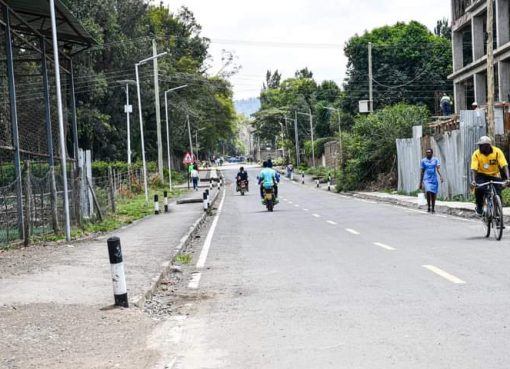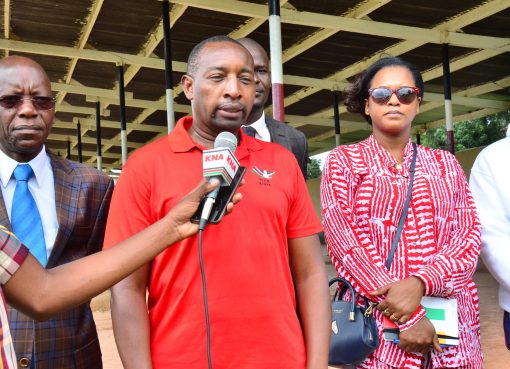Kajiado County through its Department of Environment, Natural resources and Climate Change has launched a community sensitization campaign to eradicate ipomoea, an invasive weed that has choked grazing fields.
According to the County Executive Committee Member for Environment, Natural resources and Climate Change Michael Semera, the weed which was declared a county disaster last year by Kajiado Governor Joseph Ole Lenku has occupied huge acres of grazing fields and brought immense losses to livestock farmers as no pasture grows under it.
Speaking at the launch in Matapato South, Semera emphasized that there is urgent need to tackle the spread of ipomoea as it threatens livelihoods by suppressing the growth of grass and other vegetation, making large areas of land unproductive and unsuitable for livestock grazing.
He noted that the weed has widely spread in Matapato North, Matapato South and Imaroro in Kajiado East greatly affecting livestock keepers as they are forced to relocate to search for pasture elsewhere even though it has rained in their specific locations.
“The only solution is to uproot it, especially during the rainy season as it becomes easier to uproot it. We are calling upon all farmers to uproot it on their farms so that we can protect the environment and save our livelihoods,” he said
He added that the department has sensitized ten community groups consisting of a hundred people each who will in turn relay the message to the rest of the community.
The CEC remarked that under the Financing Locally-Led Climate Action Program funded by the World Bank, they are reintroducing high quality pasture species to communities in order to reverse the damage caused by the fast-spreading weed locally known as Oltiameleteti.
Semera further revealed that as part of the campaign, the County Government has set aside 30 acres of land in Imaroro and Matapato as demonstration sites, where community members will lead the efforts to clear Ipomoea and restore the land with support from technical officers.
During the sensitization, technical officers from the department demonstrated how to identify, uproot, and safely dispose of the invasive plant.
Grass seeds were distributed to community groups to help in regenerating cleared land with pasture to support livestock and soil health.
The weed, which was first detected in Kenya during the extreme el niño rains of 1997 has spread to an estimated 3 million acres in Kajiado alone.
By Diana Meneto





